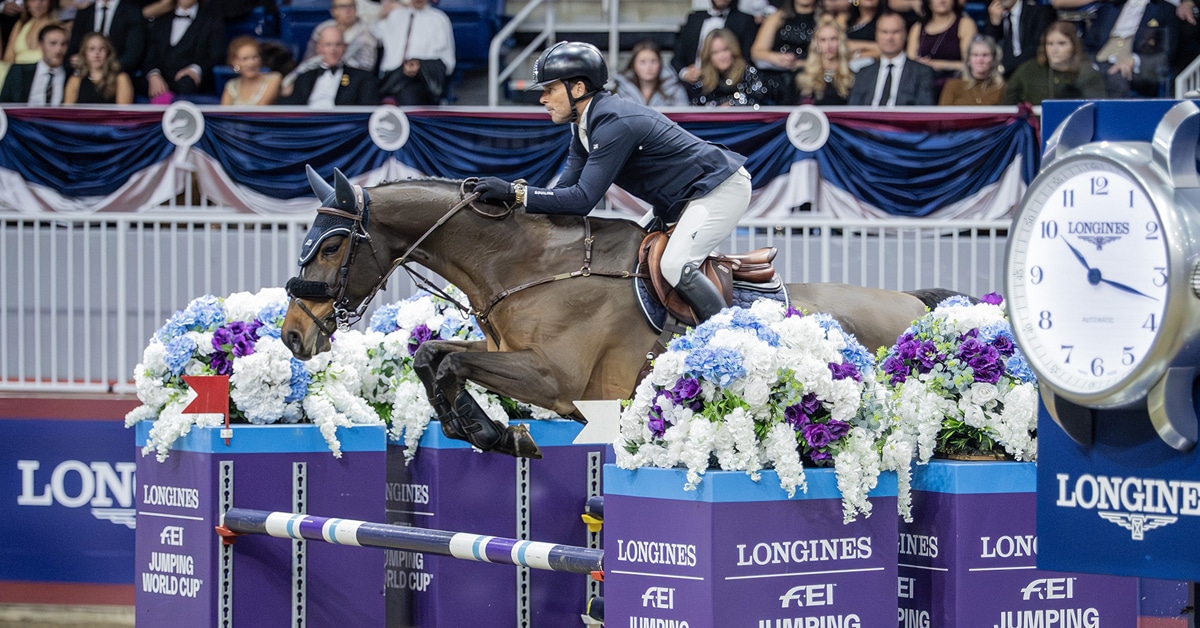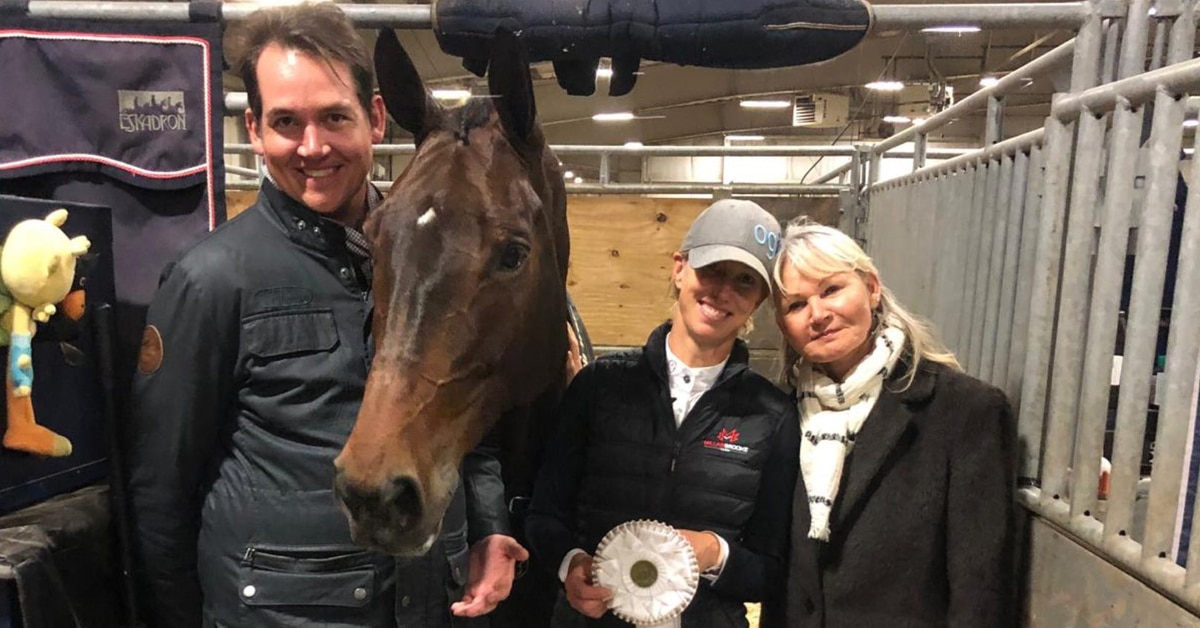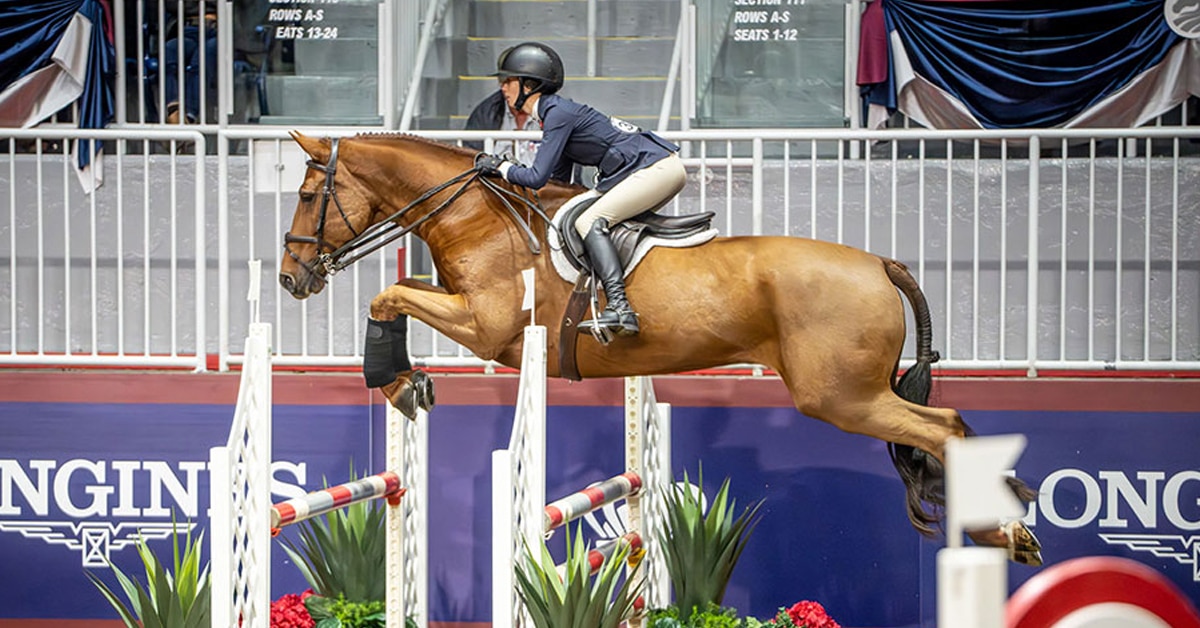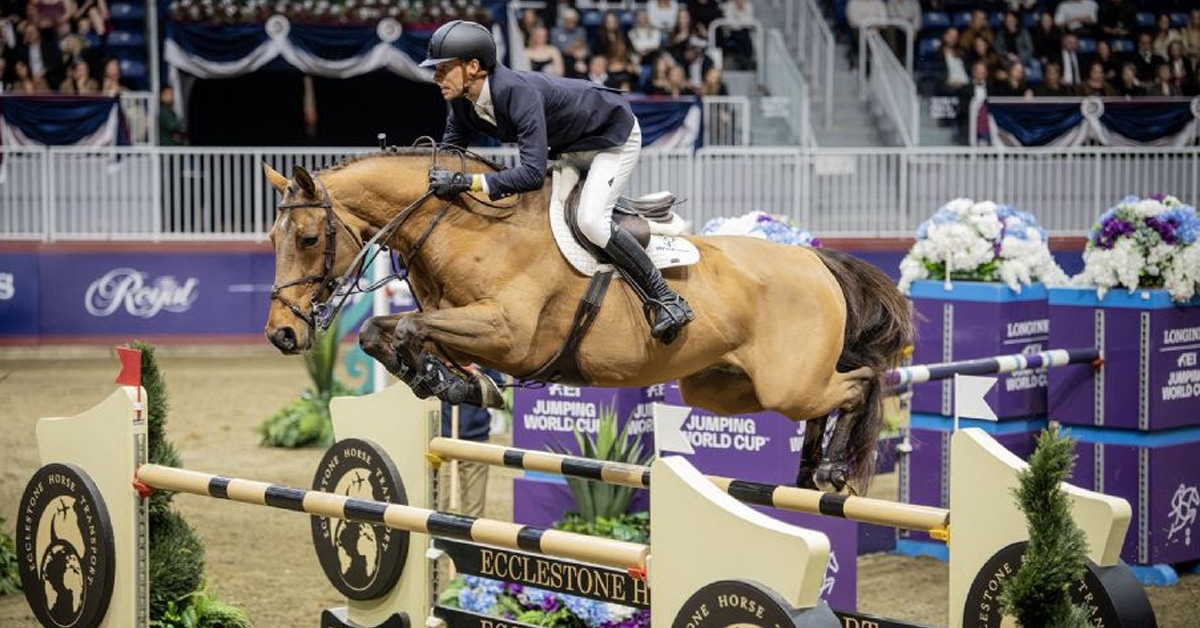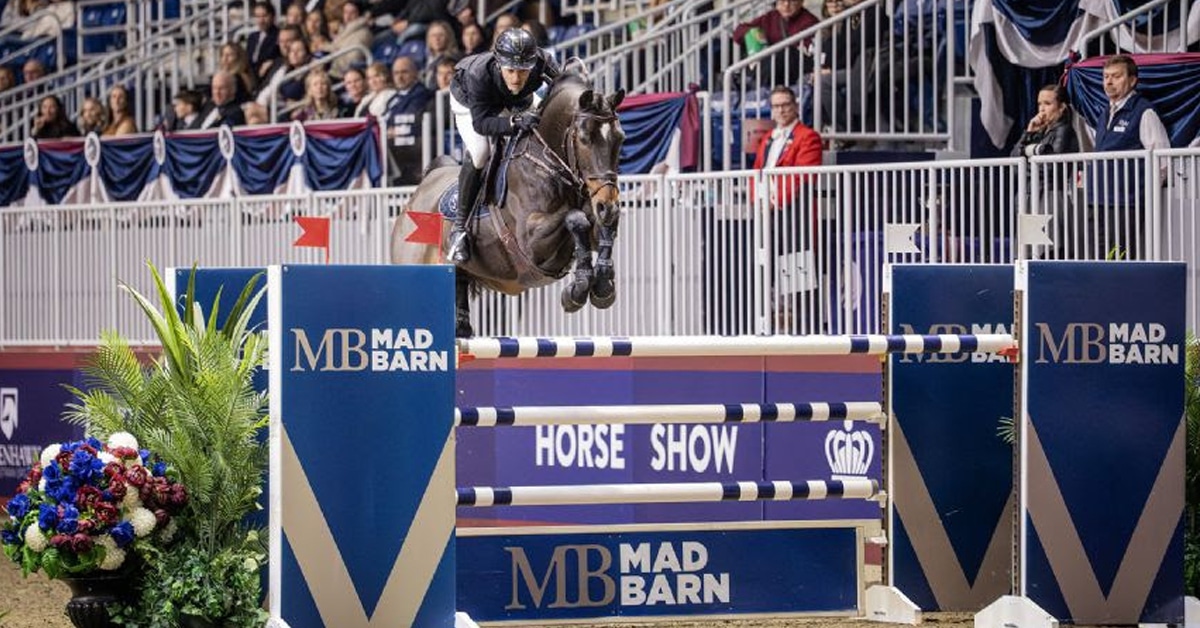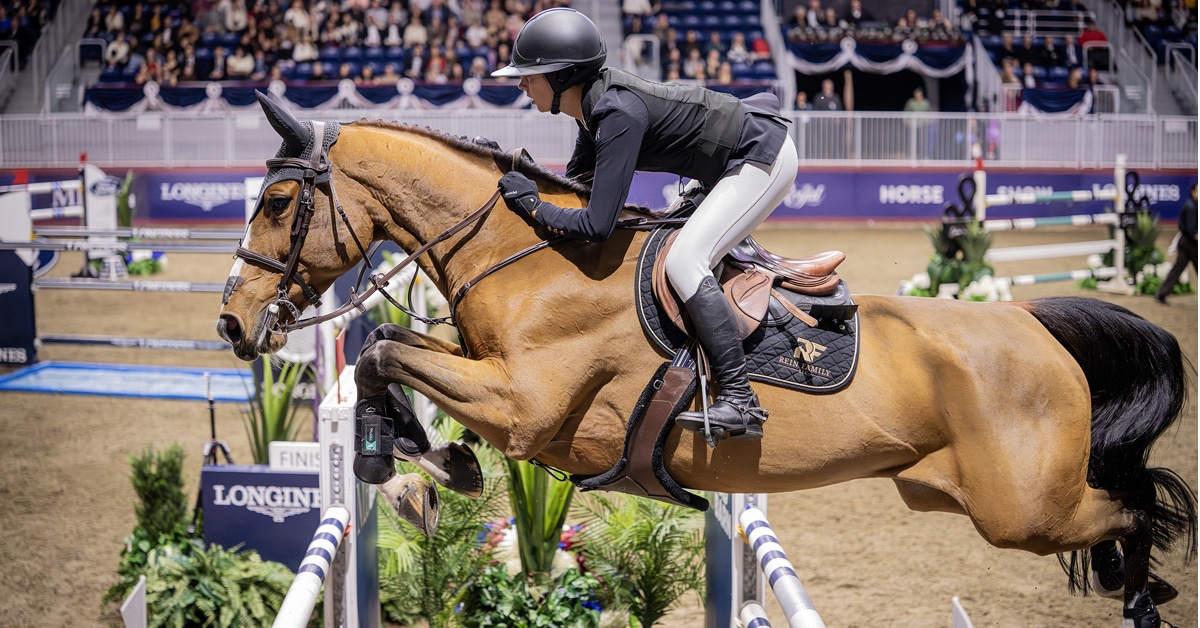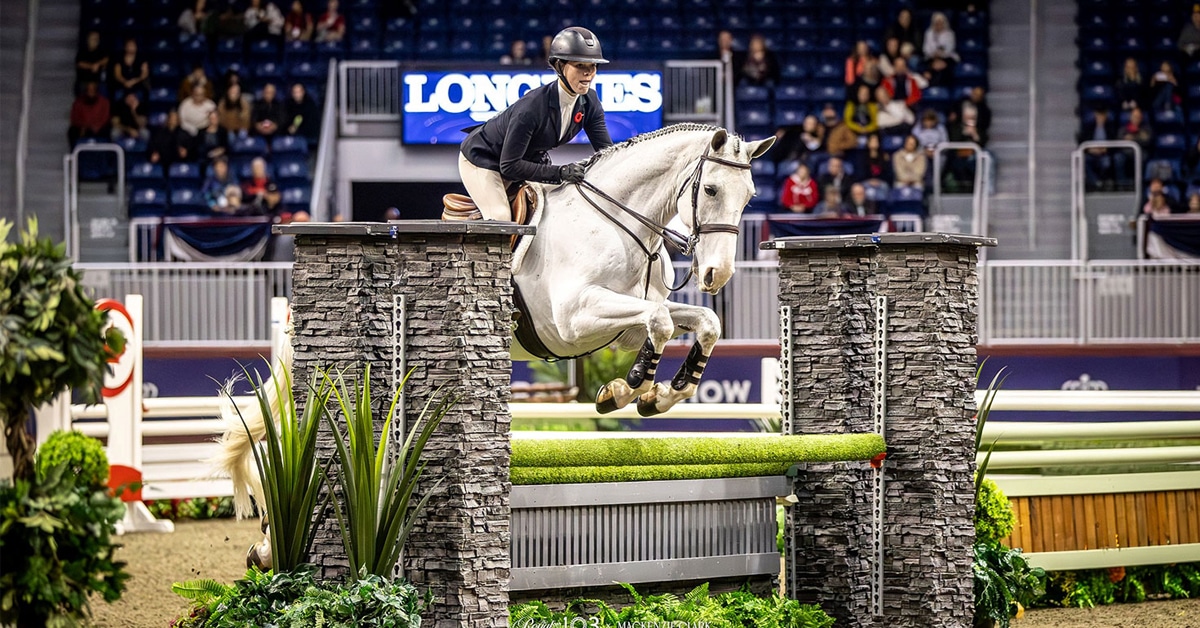The International Jumping Riders Club (IJRC) has increased calls for a new way of handling contamination cases under the revised FEI anti-doping rules which will apply from January 1, 2021.
Interested parties were invited to comment by July 13, and IJRC has published its submission. A IJRC spokesman said that while some changes have to be WADA-compliant, the FEI has the scope to adapt some rules to the special circumstances of equestrian sport.
The IJRC stands firm against intentional doping. But as long as a positive from contamination is not performance-enhancing, it wants more flexibility, especially over sanctions.
Contamination cases have increased in recent years and affected jumping riders disproportionately. There were 20 synephrine positives at FEI events in the first six months of 2019 alone which caused the FEI to issue a warning about the common source, Teff grass and hay. Last week the FEI settled, en bloc, eight cases involving Mexican, Brazilian and Uruguayan riders whose horses tested positive to synephrine last spring.
The IJRC submission says these cases should not “give rise to analyses and expert reports that cost the person responsible (PR/rider) a fortune, as the PR in general does not have a pharmaceutical, analytical or toxicological background.
“In any case, we would appreciate it if the FEI were to determine more screening limits for more molecules. It is also necessary to set these screening limits for molecules classified as banned substances. Experience has shown that in many cases of contamination, banned substances are present. The classic case is poppy contamination.”
The IJRC also refers to the 2021 WADA Code and International Standards [Summary of Significant Changes p. 12, point 29] that: “Rather than modify the rule in the current Code related to contaminated products, a better approach is to consider raising the reporting limits for those prohibited substances which are known contaminants”. It would be logical to apply the same principle to horses, who “cannot be guarded 24/7 and interrogated [about] everything they ate.”
Riders also feel insecure because FEI anti-doping rules do not take into account the varying levels of stable security at shows.
Last summer, the FEI’s deputy head of legal, Aine Power, addressed the IJRC during the European championships. She explained why a result will always be disqualified, even when the rider is exonerated, because the horse’s unwitting consumption of the prohibited substance unavoidably creates an unlevel playing field. Many riders were left unhappy.
The synephrine cases settled last week involved shows in Mexico (Mexico City, San Miguel de Allende and Balvanera) where the affected horses all ate Teff grass supplied by Roberto Quintana. Mr. Quintana claimed full responsibility, in addition to scientific evidence commissioned by the riders.
Ratifying the settlement, the FEI Tribunal noted that it did not evaluate the degree of fault of the riders, nor consider previous case law. It is also thought the horses “most likely competed with synephrine in their systems throughout the entire events in question. Therefore, the playing field was unlevel.”
Also last week, the FEI settled another contamination case with another Mexican jumping rider, Nicolas Pizarro, over positives for banned ractopamine in two different horses. The source was an animal feed manufacturing plant in Mexico which was involved in a different anti-doping case last year. Ractopamine is a pig-fattening additive which is legal in the US and Mexico. The horse feed was produced and stored in close proximity to the pig feed.
Having shown the true cause of the positives, none of the nine riders was sanctioned, but all had to forfeit their results and prizes from the shows in question.
More News

